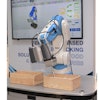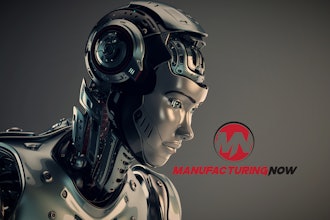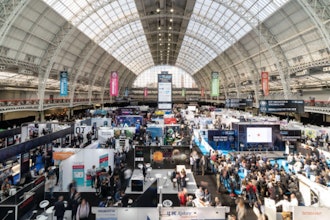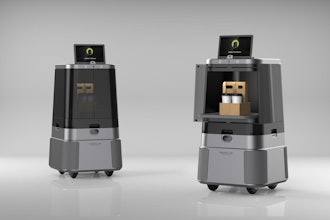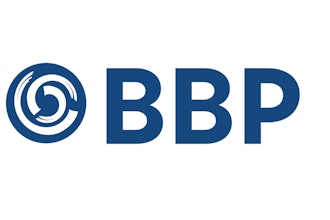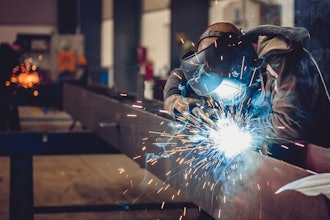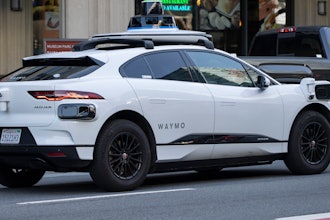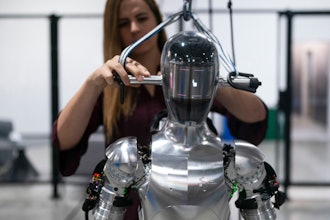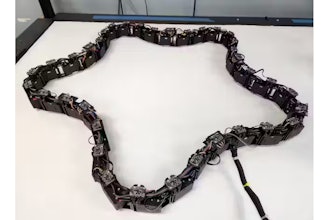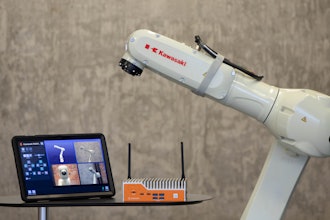Last week Tesla announced that it was missing production goals and facing a shortfall of more than 1,200 pre-ordered Model 3s. Company CEO Elon Musk blamed Tesla’s pace of three cars manufactured per day on “production bottlenecks”.
In theory, the Model 3 was supposed to enter its “production hell” stage in early July.
However, late last week The Wall Street Journal reported that Tesla’s issues weren’t related to production issues, but to a non-existent production line. In contrast to the advanced manufacturing model touted by Musk in raising billions of dollars in investment capital, WSJ reported that many key parts and assemblies were relying on manual processes.
The report also stated that the necessary machinery and associated production automation might not be in place for another month.
About the same time that story was making its rounds, Musk took to Twitter to state that Tesla’s electric semi unveiling was being delayed so additional resources could be diverted to fix Model 3 bottlenecks and increase production of Powerwall solar batteries to help those in Puerto Rico and other areas affected by the recent hurricanes.
Providing a bit more bite was a statement from Tesla in response to the Wall Street Journal article. Their spokesperson stated that: “This reporting is fundamentally wrong and misleading. We are still in the beginning of our production ramp, but every Model 3 is being built on the Model 3 production line, which is fully installed, powered on, producing vehicles, and increasing in automation every day. ... we are confident in addressing the manufacturing bottleneck issues ... There’s a reason it’s called production hell.”
So, it’s safe to say that the company still expects to produce as many as 10,000 vehicles per week once everything is in place. And while Tesla did temper some expectations with their S-Curve production model that predicts a slow start, followed by extreme growth before tailing off, there are rumblings about how the realities of their production shortcomings and the debatable merits of the hand-assembly report will impact the company’s long-term prospects.



